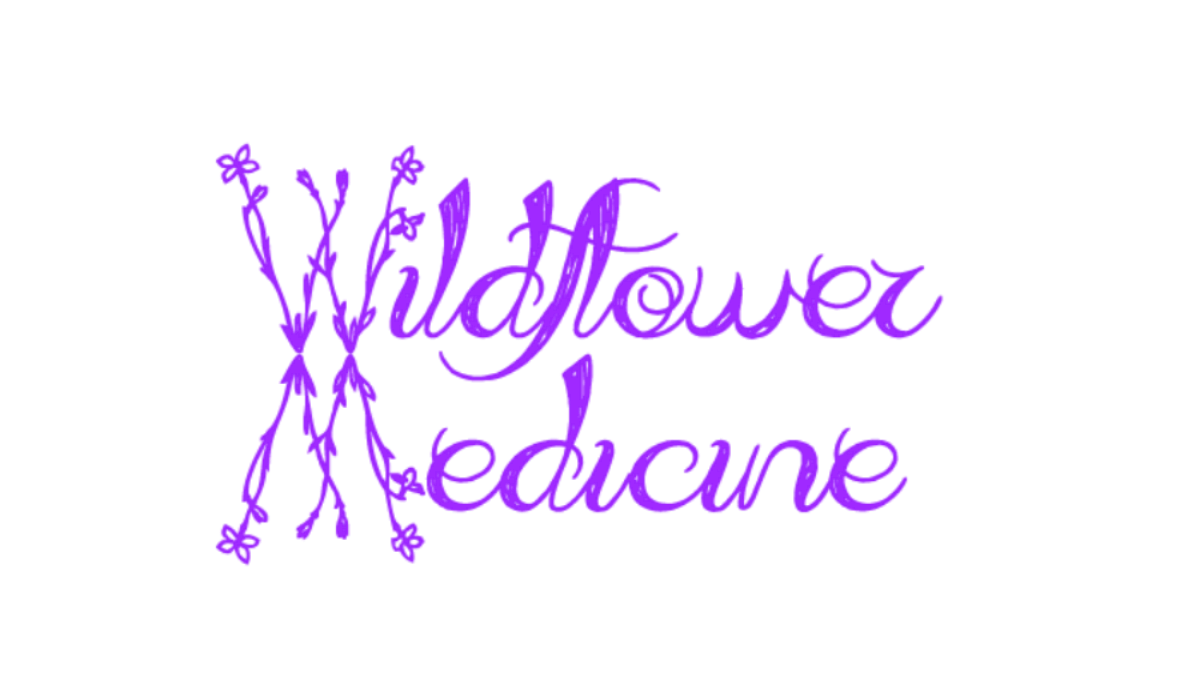Happy (almost) Earth Day!
I always love this time of year and it’s a great time to talk about recycling in your kitchen.
I recently watched a John Oliver episode all about the troubles of recycling plastic. By the way, if you aren’t familiar with Last Week Tonight with John Oliver, it’s a pretty ridiculous, hilarious political comedy show on HBO. Watch it for free on Youtube. Anyways, the show brought to light some really troubling realities about plastics.
For one, the show discussed the problem of how people will try and recycle all sorts of stuff (known as “wish-cycling”), because they want it to be recyclable (even if it’s not). It’s well intended, but ultimately this can actually be harmful because recycling plants have to stop and unclog machines, or worse, entire loads of recycling become contaminated with non-recyclable material and have to be sent to the landfill. This struck a chord for me because I’m guilty as charged… it turns out I was putting all kinds of stuff in my recycling bin that I thought was recyclable (and in hindsight, I really hoped it was too!), but now I know this wasn’t helping and actually could have been causing a bigger problem than just putting it in the trash in the first place!
From there I felt a conviction to do a little research of my own and find out just what exactly is recyclable in my county of San Luis Obispo, CA. I started out by taking a good hard look at our trash and recycling cans, but the information on there is not detailed, so I went on my county’s website. Recycling rules vary by county basically based on your recycling plant and its practices, so that’s the best place to get specific local information.
I’m not gonna sugar coat it… the news wasn’t good. When it comes to plastics in SLO county (like most places), only #1 (PETE) and #2 (HDPE) plastics are recyclable. That’s basically drink bottles (like water, soda, orange juice), some cleaning product bottles (like laundry detergent) and milk jugs. All other five types of plastic (#3 - #7) and the products made from them are all considered trash. Even plastic bags aren’t recyclable around here because they clog the machines and cause bigger problems. Gulp. I told you it wasn’t pretty.
If you don’t know, you can find out which number a plastic is classified as by looking on the bottom side of your plastic packaging for a small number like this:
I will give the county website credit as they have good, easy to digest information, and suggest alternative ways of recycling specific packaging and even give a few ideas for repurposing items. The coolest one I read was how to repurpose a milk carton by cutting off the bottom of the carton, keeping the top screwed on, then you flip it upside down and use it as a scooper for moving soil around out in your garden. Hey, this might even become our new litter scooper. Here kitty kitty. Oh that’s right, we don’t buy conventional milk. And Cleatus has become too posh for the box, he only craps outside. Moving on!
This may not be fresh news to you, but it was kinda shocking to me so I really wanted to share it with you for a few reasons. And here’s where we get to look at the bright side!
The way I see it:
Ignorance isn’t bliss. If this is what is, at least we can gather knowledge surrounding this topic! I have a feeling addressing concerns like plastic recycling are not going away in our lifetime.
Learning which plastics are NOT recyclable can help prevent us from accidentally contaminating an entire load.
Simplify kitchen time. Learning to quickly identify which plastics are recyclable can help make you more efficient in the kitchen.
Knowing the reality of non-recyclable plastics might help motivate us in new ways to shop and live more sustainably. And encourage us to be creative with new ideas and new solutions!
Learning about this can help us potentially conserve water and free up highly coveted sink space!… let me explain…
Back when I thought like every plastic that entered my kitchen was recyclable, I did know that only CLEAN plastics can go in the recycling. So anything that got soiled or had food scraps on it would sit and soak in my kitchen sink. Sometimes I’d wash it out immediately so I could toss it in recycling right away (wasting water!— and that crap wasn’t even recyclable! — shudder). Other times I’d let it sit in my sink so it could get washed with run off water as we used the sink throughout the day. But then you just have trash sitting around in your sink. My kitchen is my temple so I was never super fond of this, but I did it in attempts to be green. NOW WE CAN ELIMINATE MOST OF THIS USELESS WASHING OF PLASTICS. Remember, it’s still important to ensure those #1 and #2 plastics are clean before placing in recycling (a simple wipe may do), but no more wasting water unnecessarily! This simplifies things in my kitchen and that’s a good enough bright side for me.
So, now it’s your turn!
Google your county’s recycling policies.
Is there anything you thought was recyclable but it isn’t? Is there anything on that list that you can do without? Or find in different ways without the plastic packaging?
Just some food for thought. Share your findings below, or any other cool ideas you have for repurposing non-recyclables.
Happy Earth Day!
SLO county recycling info:
https://www.iwma.com/material/plastic/


